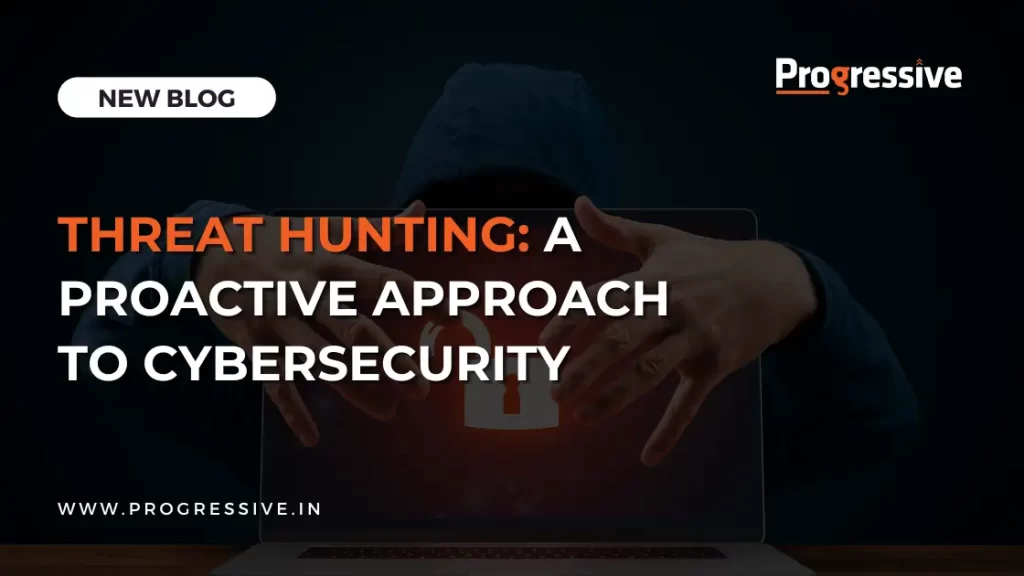
In today’s rapidly evolving cyber landscape, traditional defenses are no longer sufficient to protect organizations from sophisticated threats. Attackers are constantly refining their techniques, making it imperative for businesses to adopt a proactive cybersecurity strategy. Threat Hunting—a vital component of modern cybersecurity that focuses on actively seeking out threats before they can cause damage.
What is Threat Hunting?
Threat hunting goes beyond the typical, reactive cybersecurity approach. Instead of waiting for an alert to signal that something is wrong, skilled professionals actively search through networks, endpoints, and data flows to identify signs of malicious activity. This proactive approach ensures that hidden threats are found and neutralized before they can exploit vulnerabilities.
Why Threat Hunting Matters?
According to the CrowdStrike 2024 Threat Hunting Report, interactive intrusions have increased by 55%, with 86% of these intrusions attributed to eCrime. Sectors like healthcare and technology have seen significant spikes, with healthcare facing a 75% increase in attacks. Attackers have also begun using Remote Monitoring and Management (RMM) tools, which saw a 70% increase, making threat hunting more essential than ever.
Key Elements of Threat Hunting
1. Comprehensive Methodology
Effective threat hunting requires a well-structured methodology. This process involves:
- Hypothesis-Driven Investigation: Threat hunters form hypotheses about potential threats based on known adversary behaviors and network anomalies.
- Data Collection and Analysis: Large volumes of data from across the organization’s systems are scrutinized to identify unusual patterns.
- Mitigation and Response: Once a threat is identified, immediate action is taken to mitigate risks and safeguard the system.
2. Advanced Technology
Threat hunting leverages cutting-edge technology to detect even the most subtle indicators of compromise (IOCs). Technologies like:
- AI and Machine Learning: Automated systems analyze large datasets, flagging patterns that are difficult for humans to detect.
- Behavioral Analytics: These tools identify deviations from normal user or system behavior, which often signal potential threats.
- Advanced Detection Tools: These are integrated with traditional SIEM (Security Information and Event Management) platforms to uncover hidden threats.
3. Skilled Threat Hunters
At the heart of every successful threat-hunting operation are skilled professionals with deep cybersecurity knowledge. These individuals:
- Understand the adversarial mindset and can predict how attackers might behave.
- Interpret complex data and spot unusual patterns that may go unnoticed by automated tools.
- Take decisive actions to neutralize threats swiftly and effectively.
4. Actionable Threat Intelligence
Threat hunting is not just about identifying threats but also about creating actionable insights. Threat hunters work with:
- Real-time threat intelligence to inform their search, ensuring that they are looking for the latest and most relevant attack vectors.
- Contextual Analysis: By understanding the bigger picture, threat hunters can pinpoint the root cause of potential threats, making it easier to prevent future attacks.
Ready to Safeguard Your Business?
With threat hunting, you minimize damage from active threats and fortify defenses against future attacks. Businesses must stay ahead of cybercriminals to secure their digital assets in this evolving landscape.
If you’re ready to take your cybersecurity to the next level, Progressive Infotech’s Threat Hunting Services can provide the skilled professionals and intelligence you need. Learn more about how our threat hunting team can help you stay ahead of emerging cyber threats.